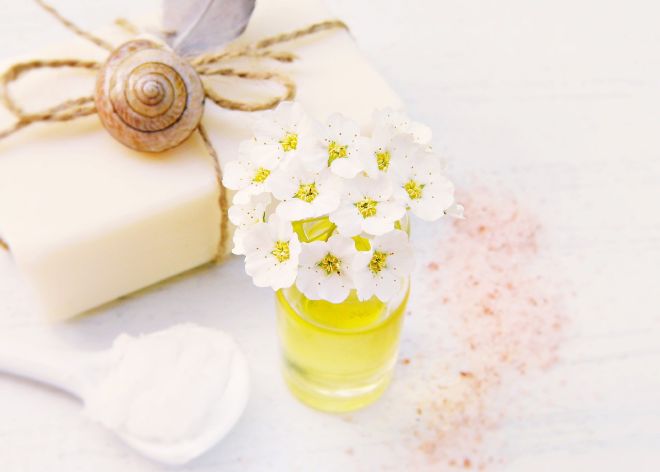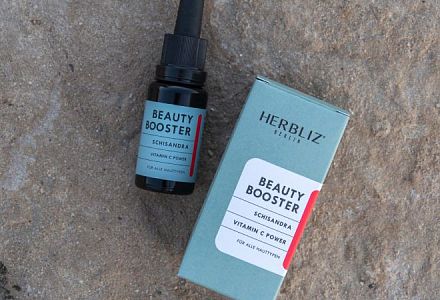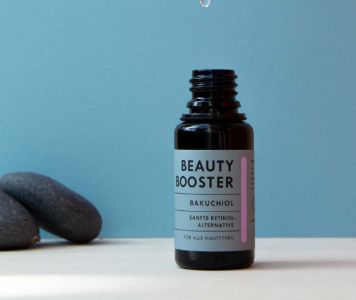
Shea Butter explained
Shea Butter is produced by crushing the nuts produced by the flowers of the Shea tree. It maintains a solid form at room temperature but melts once exposed to body heat. This is why Shea Butter can absorb into the skin and hair very quickly.
Besides being very easy and pleasant to use, Shea Butter is also believed to have multiple soothing properties. While studies on this are limited, historical usage suggests it has excellent calming and water-binding properties. That's why it works so well when used right after a shower or a bath, and why it's a perfect ingredient to use to soothe skin after hair removal.
Shea Butter is also used in various topicals, such as over-the-counter rash and acne creams. Its use can be credited to the fact that some of the ingredients in Shea Butter have potential antimicrobial and anti-inflammatory properties. Last but not least, Shea Butter can also be found in some sunblocks, as it can provide low SPF protection.

CBD & Shea Butter
Cosmetics with Shea Butter enriched by CBD have excellent rejuvenating qualities. The content of Shea Butter helps to make these cosmetics thick, nourishing, and able to create a barrier on the skin. This slows down the process of losing moisture throughout the day - making it especially important during the winter months when it's tough to make your skin feel nourished.
Combining CBD and Shea Butter makes it possible to create deeply moisturising products that keep the sebum production in balance. As a result, even skin that is prone to outbreaks or tends to feel and look oily can enjoy the benefits of Shea Butter.

History of Shea Butter
Shea Butter has been used in Africa for centuries. Its primary use was to protect the skin from harsh winds, high heat and sun exposure.
Other than that, Shea Butter was also used as a natural remedy for specific skin conditions and muscle and joint pain. It was often massaged into the skin to increase penetration and take full advantage of the potential anti-inflammatory and anti-bacterial properties.
Shea Butter was also used to help with cold symptoms, such as congestion, and in some places in Africa, these practices from centuries ago are still very much alive today.

Good to know about Shea Butter
Shea Butter production in Africa is often managed and coordinated by local women. When produced using organic farming practices, Shea Butter is believed to be a source of income for as many as 16 million women.
By making informed and responsible purchasing decisions, and only buying products containing Shea Butter sourced from producers using organic practices, will you benefit yourself, others, and the planet. That's how you can ensure that the products you put on your skin do not contain any unwanted impurities (like pesticides) and that the people involved in the production of Shea Butter are fairly rewarded for their work.
Last but not least, organic farming practices help extract shea oil sustainably while preserving biodiversity, which is extremely important to secure the future of the land on which Shea Trees grow.




